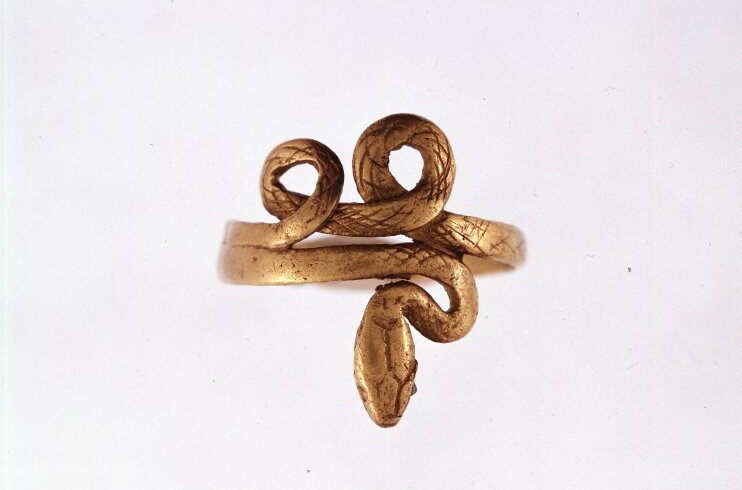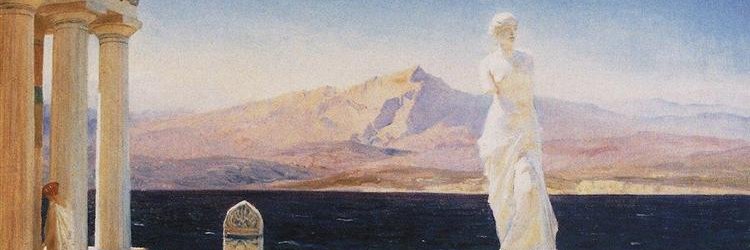
Archaeology & Art
@archaeologyart
Archaeology, Art, Museums, Vintage Maps, Old Photos and more. For archaeology enthusiasts: Explore Rome’s history,tours,and tickets at http://colosseumrometickets.com
Why Some Ancient Structures Still Stand Tall After Millennia? medium.com/@archaeoandart…

Bat pin by Unger Brothers, crafted in silver with gemstone eyes, dated 1904. Private Collection.
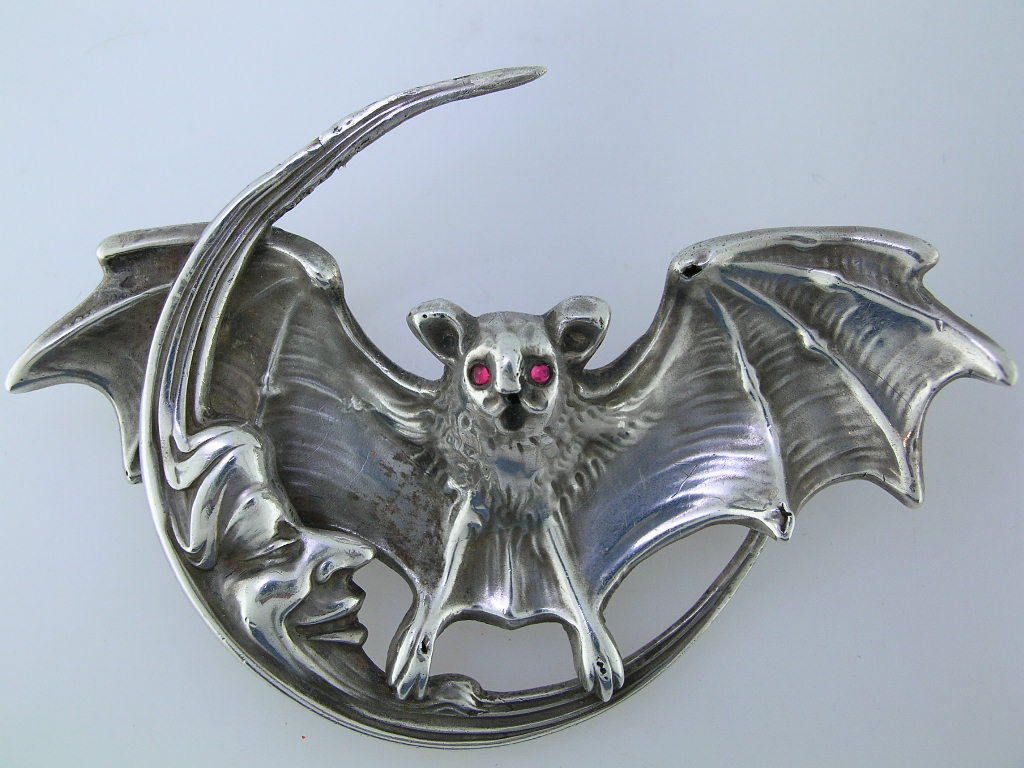
Photograph of the Lord High Executioner from Rewah, located in Central India, around 1898. Captured by the photographic firm Bourne & Shepherd, this striking image was later published in "Peoples of All Nations" in 1922. The executioner is seen adorned in a distinctive armor…
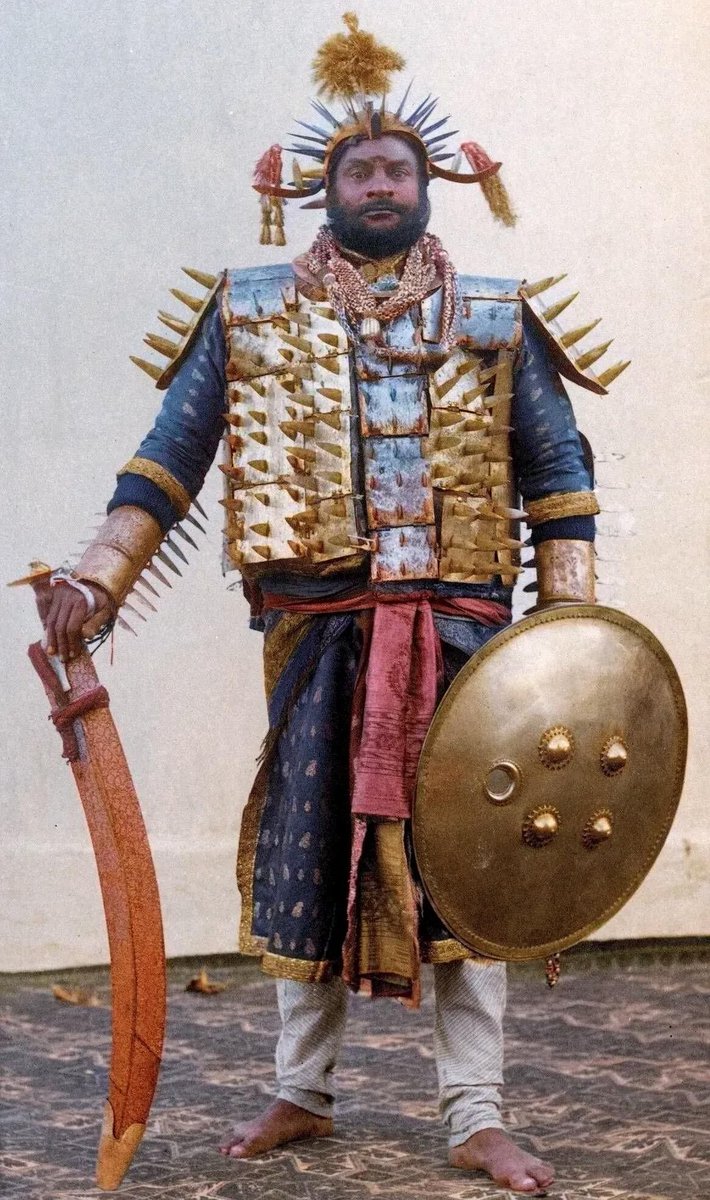
Gold signet ring featuring an owl with extended wings and a crescent moon motif, crafted in England between the 15th and early 16th century AD (early Tudor period). Findspot: Norfolk. Collection: British Museum.
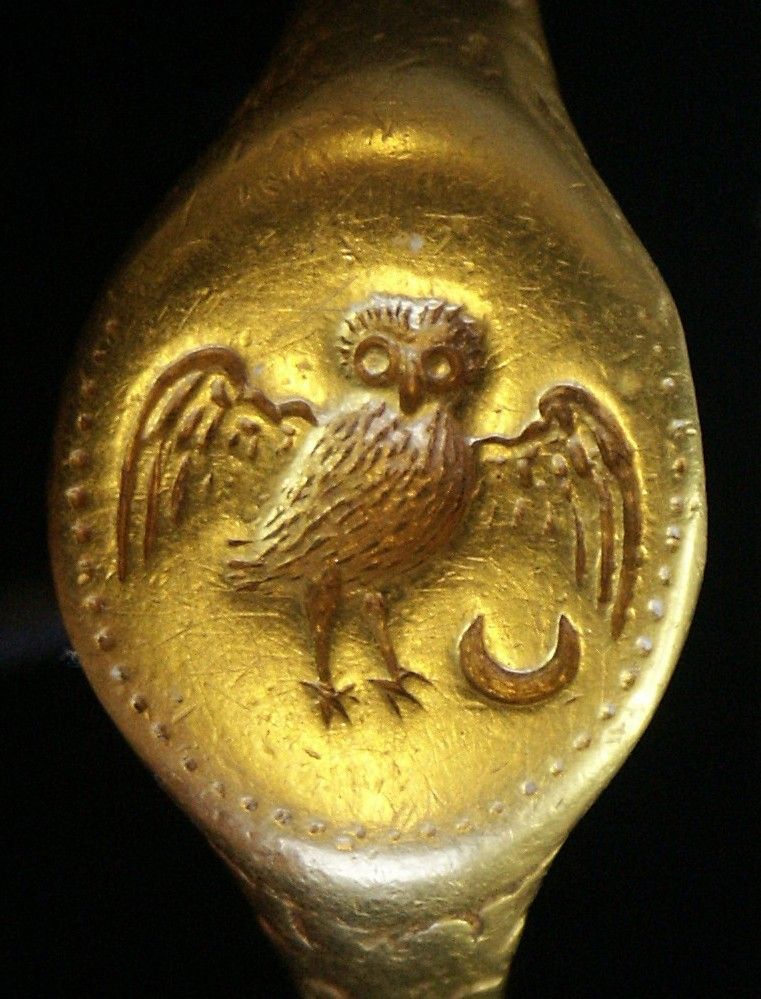
Gold signet ring depicting the goddess Athena seated with an owl, inscribed in Greek with the name "Anaxiles"; circa 400 BC. Excavated at Marion-Arsinoe, in the Paphos district of Cyprus. Collection: British Museum.

Study of a Basilisk, the Sun, and the Moon, pen and ink drawing by Albrecht Dürer, c. 1507-1519.
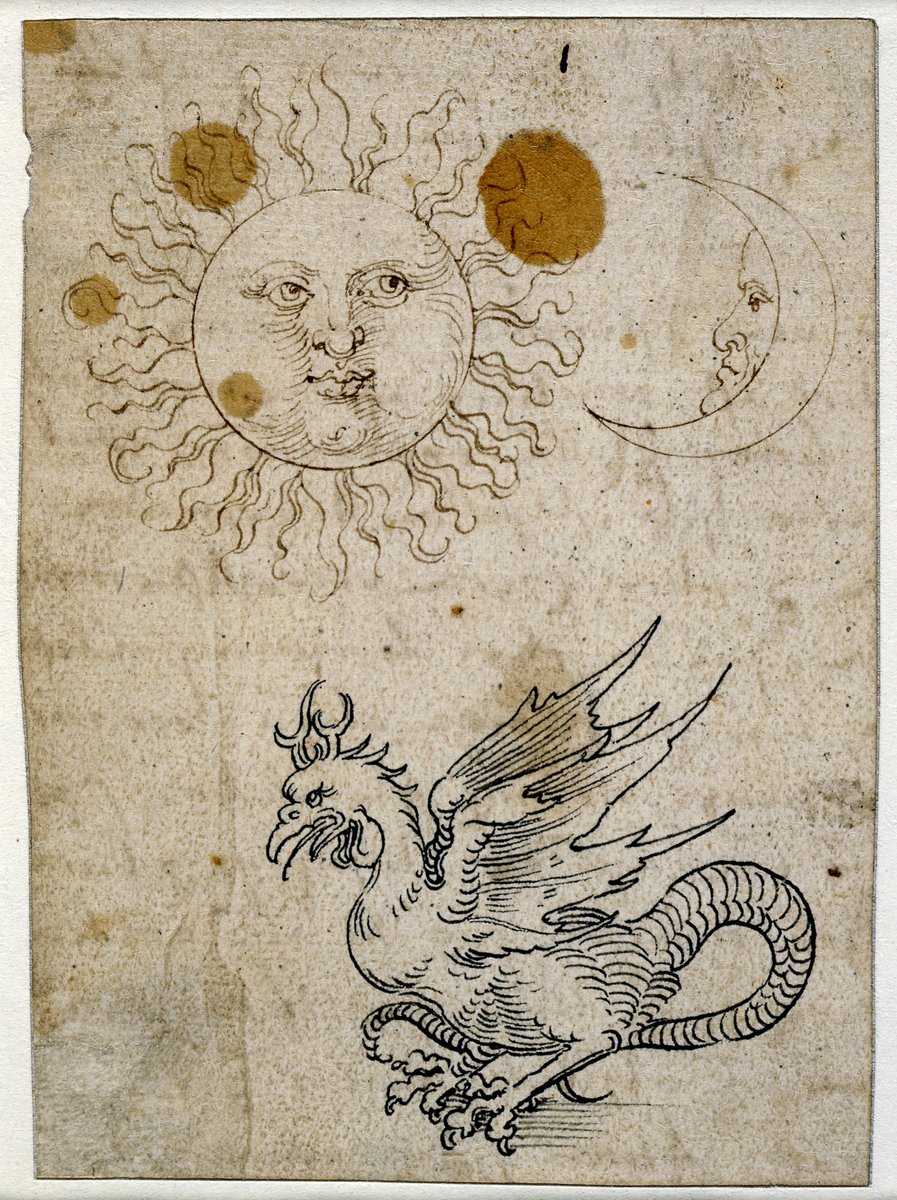
Opalescent glass Art Deco sculpture by French artist Lucille Sevin, created between the 1920s and 1930s.
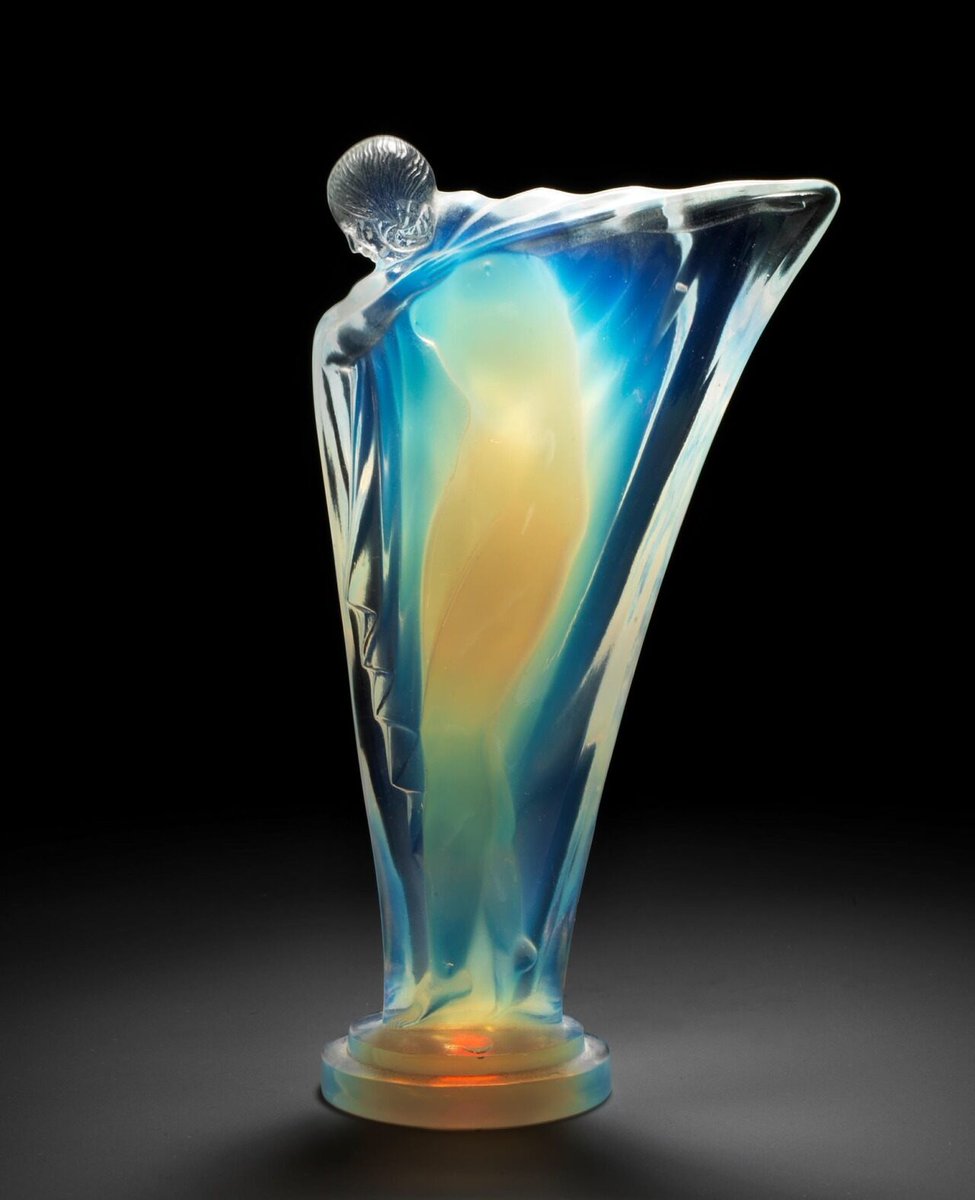
Bust of Zeus Sarapis* carved from lapis lazuli, Roman period, circa AD 300. Height: 13.1 cm. Collection: The British Museum. *Zeus Sarapis emerged during the Hellenistic period, following the conquests of Alexander the Great and the cultural fusion between Greek and Egyptian…
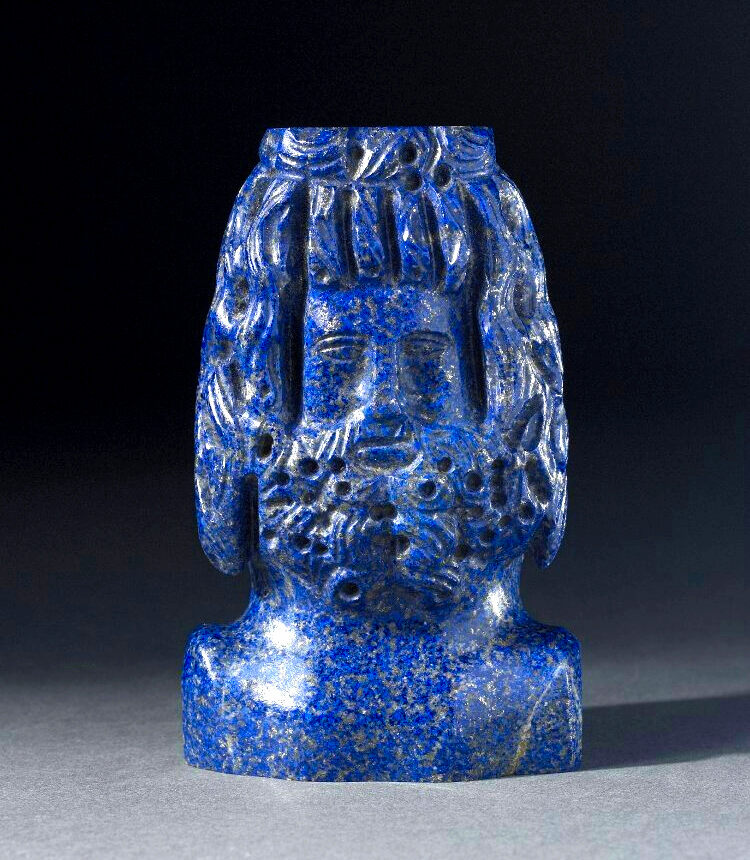
Surimono woodblock print depicting a snake, originally designed by Totoya Hokkei around 1820 and recreated by Hokusai around 1920. Surimono are privately published woodblock prints that flourished in Japan primarily during the late Edo period (1603–1868). Unlike commercially…
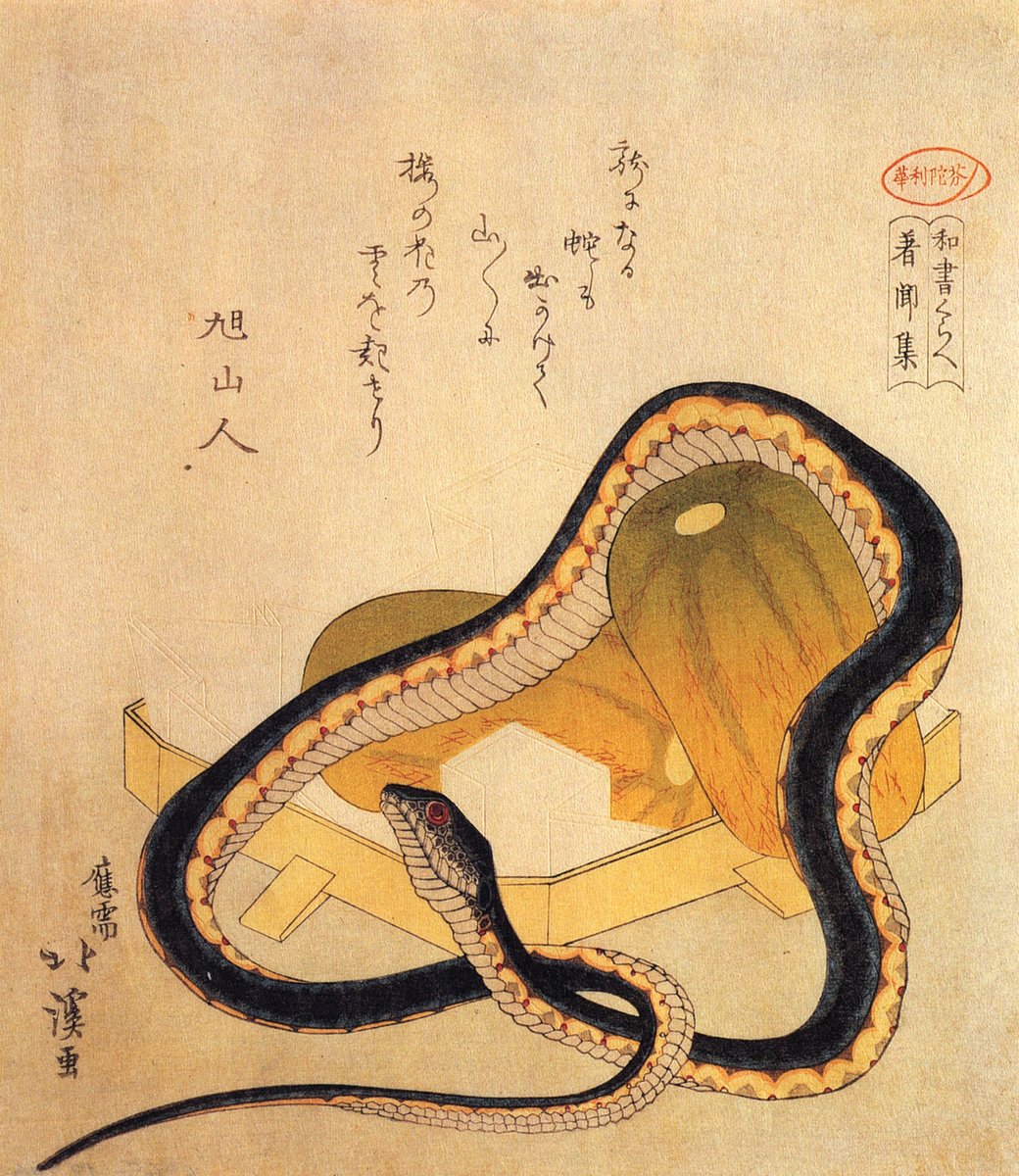
Bust of Marcus Aurelius, Roman, 161–180 AD, crafted in gold, measuring 13 1/8 × 11 5/8 inches. Currently displayed at Site et Musée romains d’Avenches et Musée cantonal d’archéologie et d’histoire.
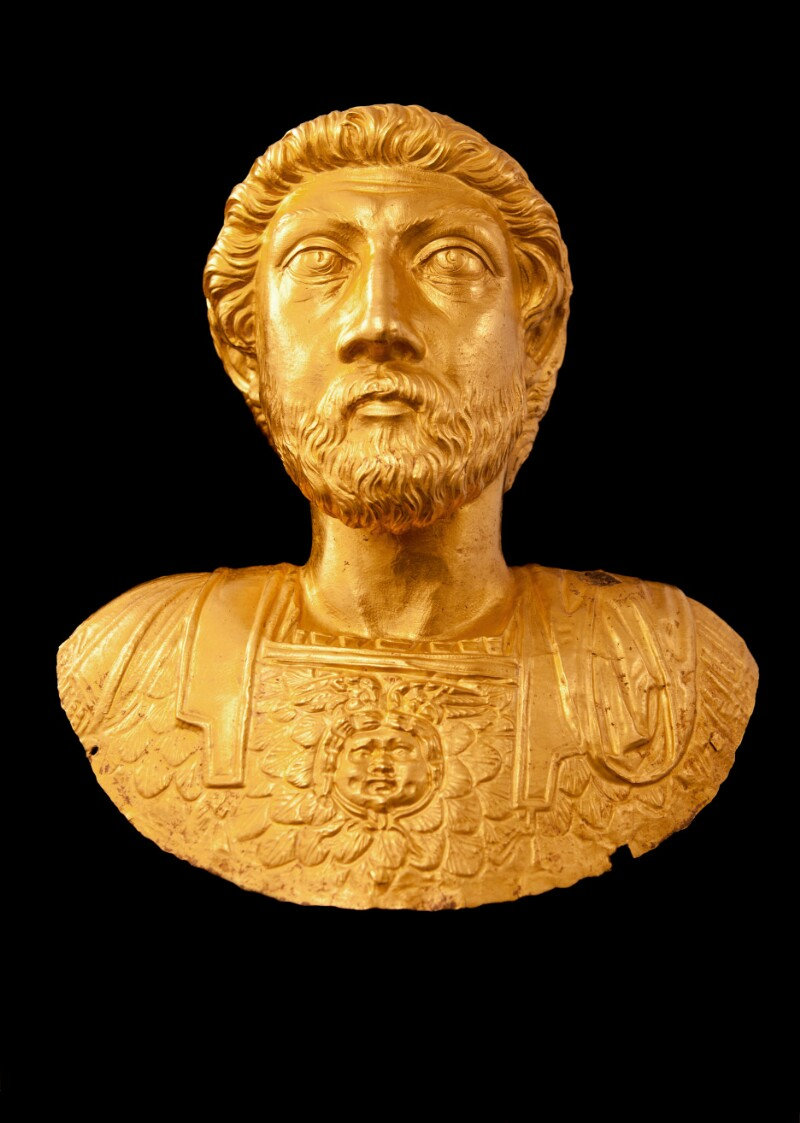
"Ascension of Dante and the Eagle," an engraving by Gustave Doré from his illustrations of Dante's Divine Comedy, originally created in the 19th century AD.
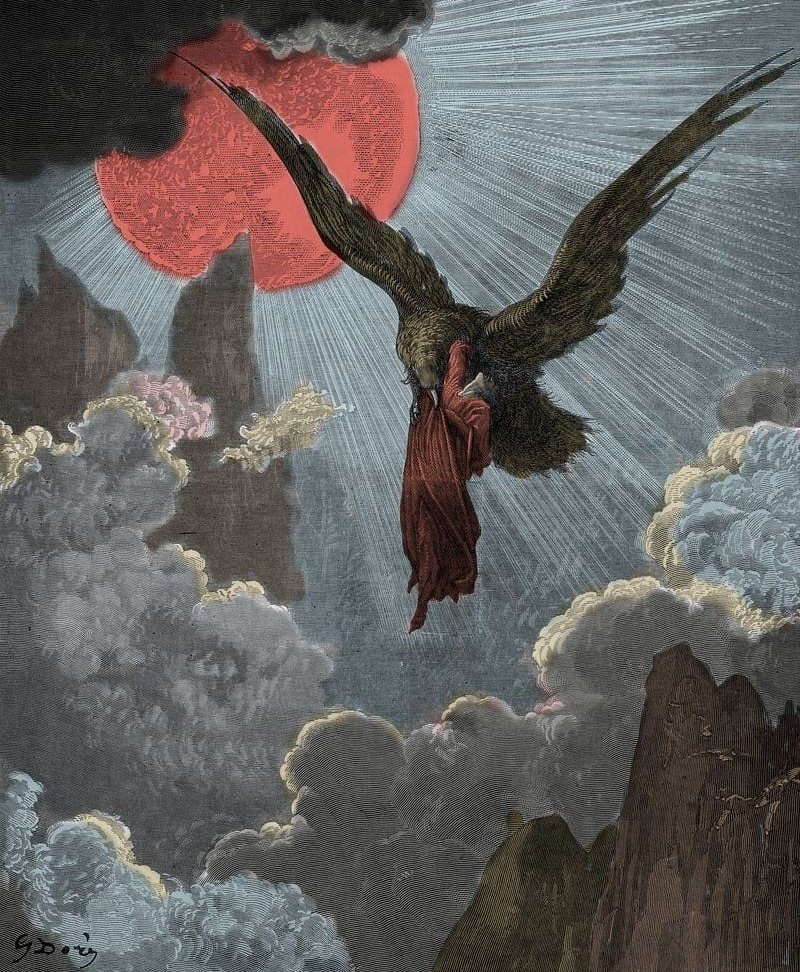
Gold ring depicting a serpent coiled in a spiral form, Roman period, c. 1st century BC – 2nd century AD. Collection: British Museum.
